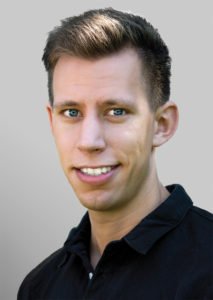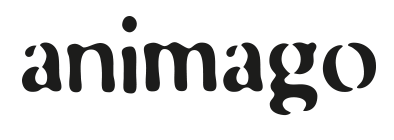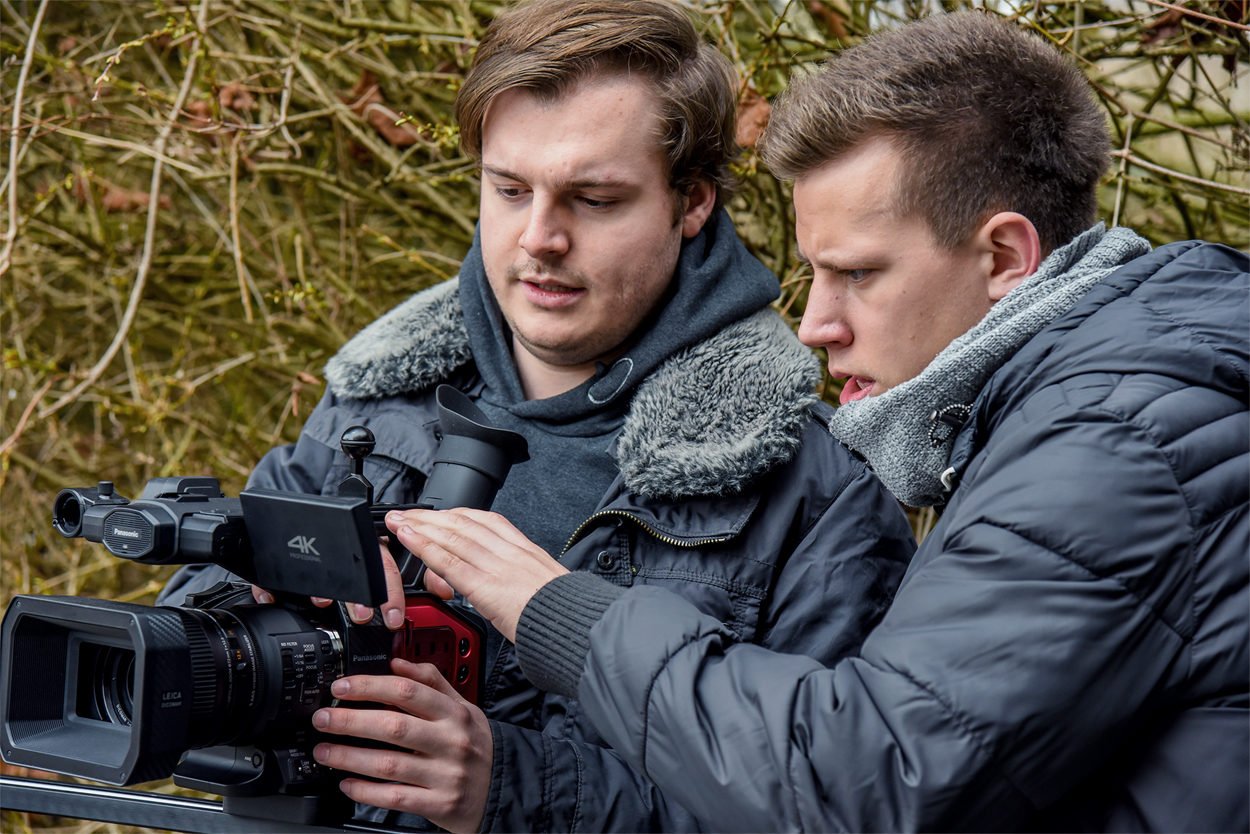Interview with Thomas Richter: creator of the animago AWARD trailers
Thomas Richter created the animago trailers and the event clip in 2016 and 2017. In his interview for the animago print issue 2017 he told us, how his study “Digital Filmmaking” at the SAE Institute was and how his introduction as an editor in the CG industry after graduation looked like.
 Thomas, you finished your studies at the SAE Institute in April. Looking back now, how did it all go?
Thomas, you finished your studies at the SAE Institute in April. Looking back now, how did it all go?
For one thing, I completed the SAE diploma, which means I got practical training in specialised areas such as cinematography, lighting, editing, sound, computer tech, storytelling and 3D. At the same time, I was finishing my 24-month Bachelor programme, where I got a solid theoretical basis, including insights into economic factors and legal aspects, such as copyright, marketing, business plans and tips on how to write academic articles and give expert lectures. To my mind, this was an ingenious combination and an ideal preparation for a career in the media industry. I invested a lot of time and effort into my studies and tried to make as much as possible out of everything I learned in each field.
What did you focus on during your training?
While I was doing the hands-on practical part, I figured out that I have a flair for editing. For some reason, it comes easy to me and totally matches my skill set. I also really enjoy the technical side. Over the course of time, I developed an increasingly better sense of how, where and why certain images fit together. The other thing that was tons of fun – especially at the end of my studies – was scriptwriting. Of course, my first scripts weren’t perfect and needed lots of fine-tuning. But I was so interested in this part of filmmaking that I wrote a complete sitcom screenplay as my Bachelor thesis.
Last year, you told us that when you finished your studies you wanted to gain experience as an editor in the industry. What have you done in this regard?
Lots. And it all happened very quickly. Towards the end of my studies, I had decided to go on to do a Master’s in media. I’d even picked out universities and study programmes that I wanted to check out as soon as I was finished at the SAE. But in the second-to-last week of classes, I found out that Disney was looking for someone to fill the position of Volontär (trainee) in their on-air department. I really liked the job profile, so I applied right away and got the job, which, of course, was fantastic. I’ve put my plans to get a Master’s on hold for now, and for the moment I’m more than happy to learn everything I can working as a trainee at Disney.
Based on your experiences until now, do you have any tips for young people trying to get their foot in the door of the film industry today?
If somebody had said to me three years ago, “You’re going to work at Disney”, I would probably have said “Dream on!” Back then, I was still studying political science at university. My programme was really interesting and I liked it a lot. But at some point I noticed that it just wasn’t right for me. So I started looking around for other things that might be more practical. I kept on attending classes, but I started trying to figure out where my real professional passion was. At that point, I found out about the possibility of doing a multi-month broadcasting internship, so I visited the SAE Institute in Munich, among others. It quickly became clear to me that this was what I really wanted to do. After thinking about it a lot, I decided to study “Digital Filmmaking” in Munich. And it was exactly the right step to make. It’s all about having the courage to do what your heart tells you to do. Although it’s unfair to draw comparisons, I was totally devoted to my studies at the SAE and had never experienced anything like that in my previous studies in terms of how much commitment I had and how much fun it was. So, as soon as you find the professional path you’re supposed to be on, I can only recommend to everyone that they try to gather as much experience as possible in this area. At the SAE, I got a chance to help out on tons of productions that my fellow students were doing. Plus I did a number of small projects myself on the side. For example, I came into contact with the animago through people I knew at my university.
What kind of work does a trainee at Disney in Munich do?
My main responsibilities are editing trailers for Disney’s TV channels and social media platforms. This includes developing concepts and writing the spoken text. I’ve also taken on tasks in the graphics department where I use Adobe After Effects, Photoshop and Illustrator. These tasks gave me an opportunity to work on trailers and gain some first impressions of organisational workflows and sound engineering. Luckily I’ve still got several months ahead of me, so I’ll be able to develop my skills even further in the areas I’m familiar with but also in new realms of the company.
Are there any experiences you had doing last year’s animago trailer that helped you make this year’s edition?
This year I was much more familiar with the animago’s structures and processes, which was an advantage for me. Regarding the editing process, I worked in a similar way to last year. That means that while I viewed the clips, I made notes about special themes and content. This enabled me to get a general overview of the material that was available. The next step involved integrating the music. I listened to the composition over and over again and started to generate stories and images in my head that I want to use in the trailer. After that, I edited the trailer, once again using Adobe Premiere Pro CC.
(Mirja Fürst)

